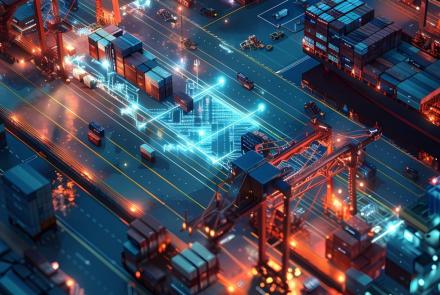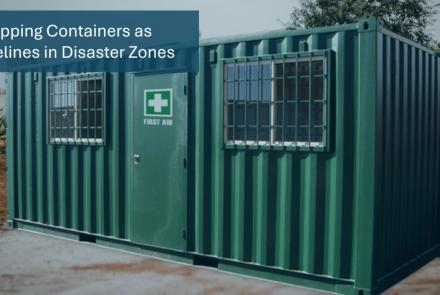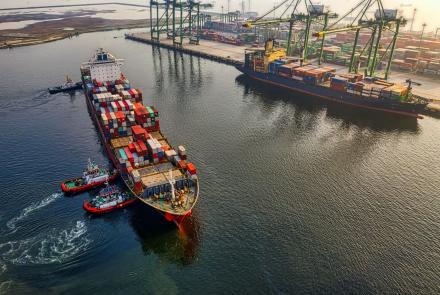The Impact of 5G Technology on Port Automation

The maritime industry is undergoing a digital transformation, with automation playing a crucial role in enhancing port operations. One of the key enablers of this transformation is 5G technology, which offers ultra-fast data transfer, low latency, and seamless connectivity. As ports adopt automation, the integration of 5G networks is revolutionizing communication, real-time monitoring, and operational efficiency.
How 5G is Transforming Port Automation
1. Enhanced Real-Time Monitoring and Remote Operations
5G’s high-speed connectivity allows ports to monitor operations in real time with minimal delays. Autonomous cranes, trucks, and cargo handling equipment can communicate seamlessly, reducing human intervention and improving safety. Remote-controlled operations benefit from low-latency connections. Enabling highly precise and responsive control of machinery from a remote operations center.
2. Seamless Communication Between Automated Systems
In an automated port, various systems—such as robotic cranes, autonomous guided vehicles (AGVs), and smart sensors—must operate in sync. 5G technology ensures these components communicate instantaneously, reducing delays and improving workflow efficiency. Unlike previous wireless technologies, 5G minimizes interference, making it ideal for complex port environments.
3. Boosting IoT and Data Analytics for Smarter Decision-Making
Internet of Things (IoT) devices in ports collect vast amounts of data, from weather conditions to cargo tracking and equipment status. With 5G, this data can be processed and analyzed in real time, enabling predictive maintenance and faster decision-making. Ports can proactively address equipment failures, optimize fuel consumption, and enhance overall efficiency.
4. Improved Safety and Security Measures
Automated ports require robust cybersecurity and surveillance systems. 5G-powered AI surveillance can detect anomalies, unauthorized access, and safety hazards in real time. Additionally, with high-speed data transmission, emergency response teams can act instantly to prevent accidents, making ports safer for workers and assets.
5. Scalability and Future-Proofing Port Infrastructure
As ports continue to digitize, 5G provides a scalable solution to support increasing data demands. Unlike traditional networks, 5G can adapt to future technologies such as autonomous ships and AI-driven logistics platforms, ensuring ports remain competitive in a rapidly evolving industry.
Germany's largest port, Hamburg, has partnered with Deutsche Telekom and Nokia to test 5G applications for traffic management, sensor-based data processing, and virtual reality maintenance, while Dubai and Los Angeles are integrating 5G networks to enhance communication, real-time monitoring, cargo handling efficiency, and logistics management, driving smarter and more efficient port operations.
The integration of 5G technology in port automation is revolutionizing how ports operate. From enhanced real-time monitoring to seamless communication and AI-driven insights, 5G is paving the way for smarter, safer, and more efficient maritime logistics. As global ports adopt next-generation connectivity, the future of fully automated, intelligent ports is closer than ever.
VS&B Containers group offers both standard and custom-made containers, delivered directly from the factory to your desired location. With a fleet of over 30,000 containers made available across Europe and Asia, the company helps customers get containers effortlessly from anywhere in the world. If you have unique needs in terms of affordability, adaptability, and potential return on investment, please drop an email to traders@vsnb.com, and the VS&B team will contact you to discuss further.
- Log in to post comments






